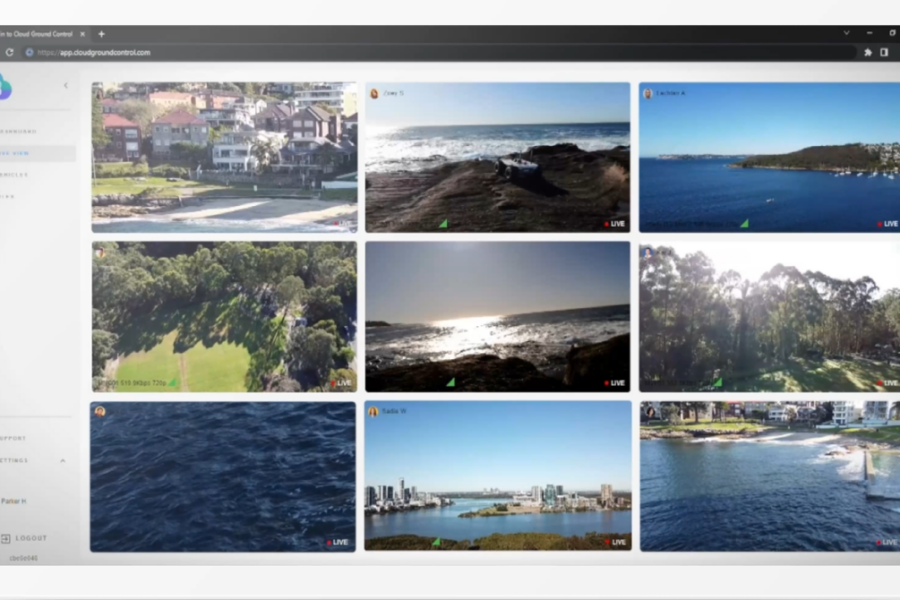System connects remote fleets to fight climate disasters
The dangers of climate change-induced disasters are becoming increasingly apparent, as this summer demonstrated with temperatures reaching all-time highs and wildfires spreading across Hawaii, Canada and parts of Europe.
Finding methods to mitigate and meet these environmental disasters has become a priority for governments, and innovators are rising to meet this challenge. With tools emerging to monitor for signs of danger and keep first responders as clued in as possible, tech is stepping in to support emergency services as the climate crisis continues to grow.
Yet with companies now able to deploy an array of aerial and land-based vehicles, having a means of controlling and monitoring multiple vehicles at once is an emerging market gap. This is where Advanced Navigation comes in, with the launch of its remote fleet management platform, Cloud Ground Control, in April this year.
“Cloud Ground Control enables remote visibility and control over a whole fleet, but all accessed and controlled through the web browser,” said Michal Weiss, Head of Product, Cloud Ground Control at Advanced Navigation. “We’re enabling situational awareness for workers who may not be on the ground but need to have eyes on the ground.”
Autonomous Fleets for Environmental Disaster
Uncrewed vehicles have emerged as a transformative technology for disaster response, providing enhanced surveillance, firefighting capabilities and increased safety for responders. A combination of ground rovers and aerial drones can provide real-time information on crises and keep first responders informed without jeopardizing their safety.
“Knowing exactly what is happening is critical for emergency services because they need to make decisions based on what they see on the ground,” said Weiss. “Often, firefighters and rescue teams put their lives in danger to collect that information. So robotics, drones and ground vehicles can collect that information to keep these first responders safe, and the effectiveness of the operation is improved.
“We’re seeing a lot of interest from a variety of industries, especially infrastructure/ utilities, construction, agriculture and of course public safety…it’s evident that they have been waiting for quite some time to see something like Cloud Ground Control in the market.”
The platform offers a cloud-based “command and control solution” that enables the remote operation of vehicle fleets, providing real-time data collection from a variety of autonomous fleets simultaneously.
Currently, Ground Cloud Control can manage and control as many as 1,000 vehicles, whether ground or air-based, or both, though the company plans to expand capabilities further to control any number of fleet vehicles.
To read the complete article, visit IoT World Today.

















